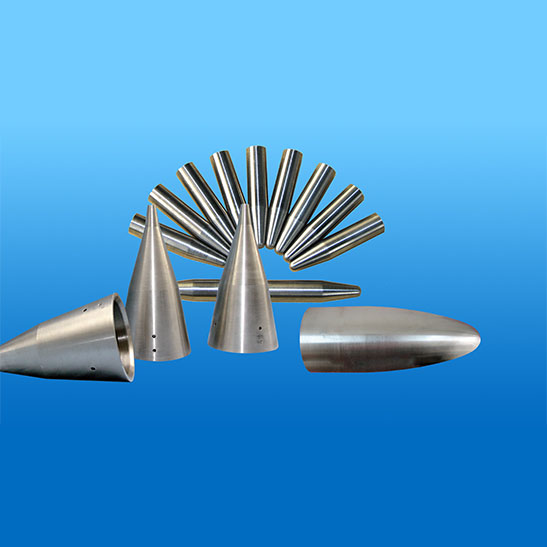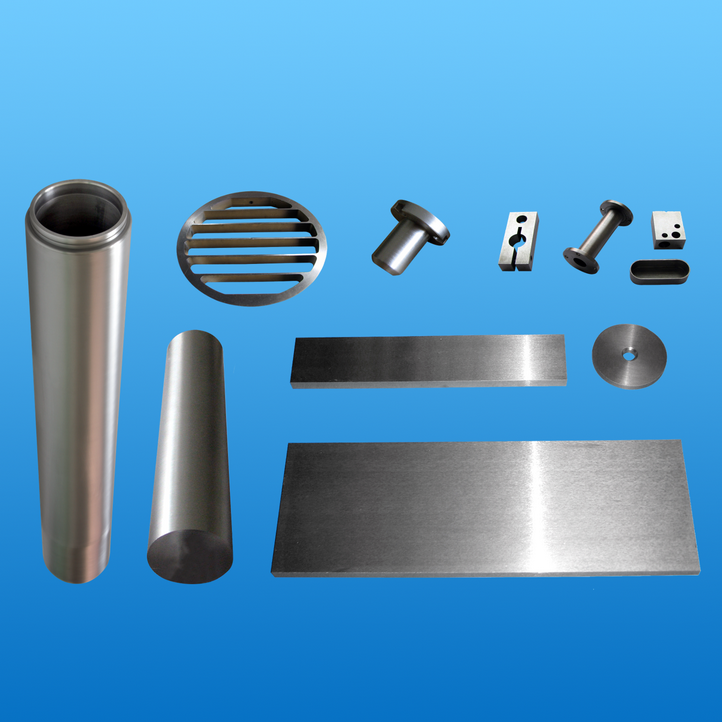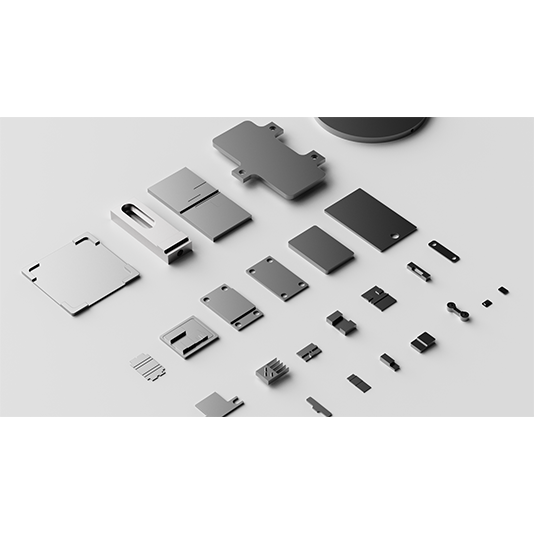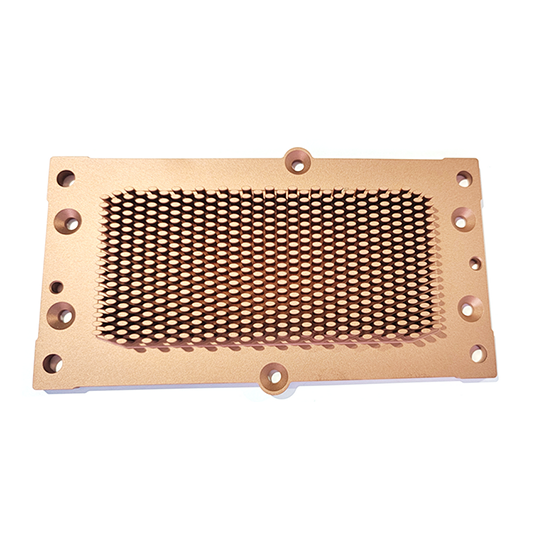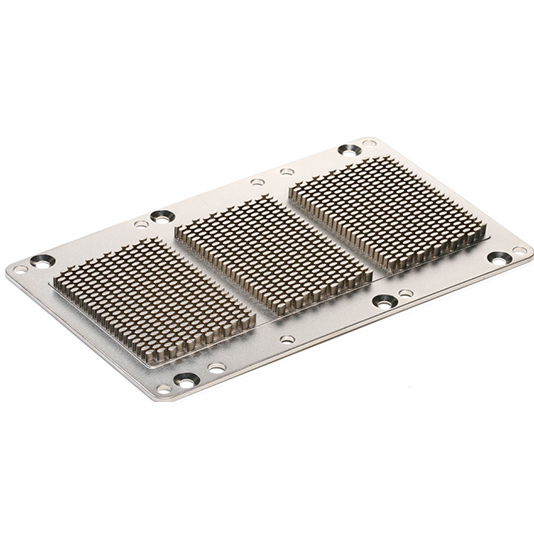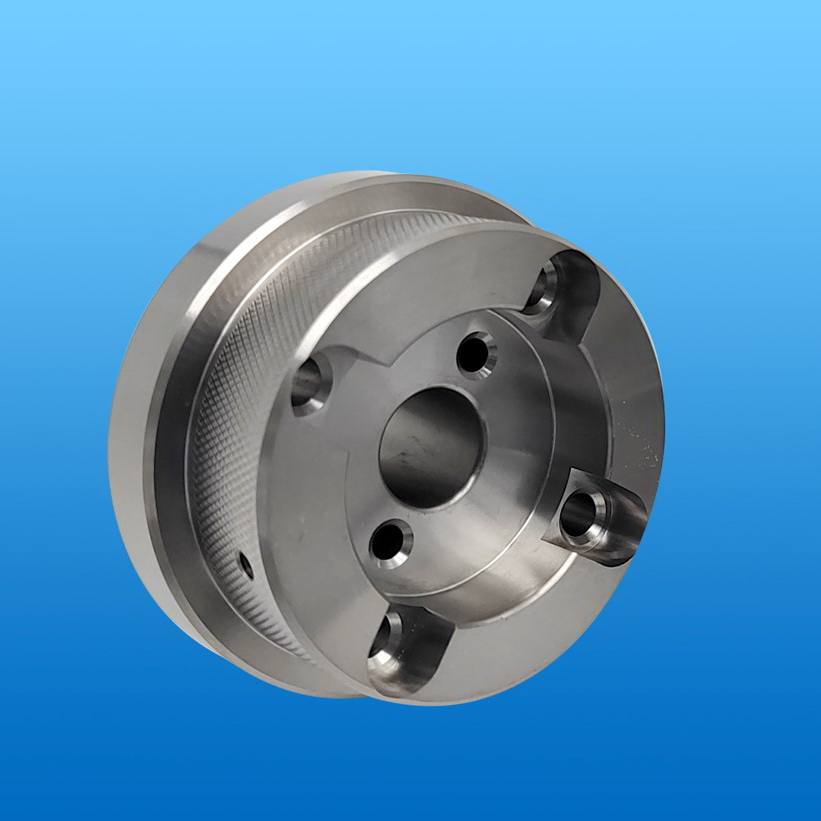17 Uses of Tungsten
Industrial Uses
A number of industries utilize tungsten for the manufacturing or finishing of their goods.
1. Tungsten Carbide
It is one of the hardest carbides and also, an efficient electrical conductor. It is used for making knives, saws, drills, etc. especially for cutting carbide themselves.
It is also used for making wear-resistant abrasives, and milling and turning tools.
2. Jewelry
Sintered tungsten carbide is used in making jewelry, especially rings that are extremely resistant to abrasion and maintain the finish and luster for quite a long time, even better than metallic tungsten.
However, as tungsten carbide is brittle these rings may crack under the influence of a sharp force.
Metallic tungsten, although not as hard as tungsten carbide, is hypoallergenic and is used for making rings having a brushed finish and are resistant to scratching.
Owing to the similarity in the density of gold and tungsten, it is also used in counterfeiting gold bars by plating tungsten bars with gold.
Although other properties of these metals are different from each other, superficial testing is unable to detect the difference between them.
Alloys
Tungsten, owing to its extreme hardness and efficient heat resistance, is combined with other elements to enhance its qualities.
Most of the tungsten produced is used for the manufacturing of tungsten steel. Some other tungsten alloys and their uses are mentioned below:
3. Aerospace and Automotives
Tungsten alloys are used in aerospace and automotive industries for the purposes such as manufacturing rocket engine nozzles, turbine blades, etc. It is used for making alloys like high-speed steel, hastelloy, stellite, etc.
Due to its high density, tungsten is used in making ballasts for race cars (Formula one), commercial aircraft (tail ballast), army aircraft (rotor weights), and yachts (ballast keels).
4. Arc Welding
Owing to the great heat resistance capacity of tungsten, it is used in arc welding in combination with other conductive metals such as copper, silver, etc.
The conductivity here is achieved through combining conductive metal while tungsten is responsible for providing the strength to the welding rod to sustain high temperatures.
5. Permanent Magnets
About 5.5 -7.0 % by weight quenched tungsten steel is used for making permanent magnets owing to its high remanence and coercivity.
Military Uses
A number of weapons, weapon holders, explosives, etc require tungsten for its strength, resistance, and other important properties.
A few important uses of tungsten in military equipment are given below:
6. Kinetic Energy Penetrators
At places where the radioactivity of uranium even in its depleted form may cause severe issues or where the pyrophoric properties of uranium are not required, nickel, iron, or copper are combined with tungsten to form heavy alloys.
These are used in the place of uranium in the Kinetic energy penetrators.
7. Explosives
Dense inner metal explosives utilize tungsten in the form of dense powder to increase the lethality of the weapon.
Also, it is used in making grenades, shells, and missiles. It was even used by Germany in World War II for anti-tank guns.
Chemical Uses
8. Catalysis
Tungsten (IV) sulfide is used as a catalyst in the hydrodesulfurization reactions at many places, replacing Molybdenum disulfide (MoS2).
Selective catalytic reduction (SCR) catalysts used in thermal power plants also utilize tungsten oxide (WO3) as an additive.
This improves the life of catalysts and also enhances their physical strength. These help in the formation of water and nitrogen out of nitrogen oxides.
Tungsten sulfide, Tungstates, and Tungsten heteropoly are used as electrocatalyst, photocatalyst, and multifunctional catalysts, respectively.
9. Chemicals
Calcium and magnesium tungstates are utilized in making fluorescent lights.
Scintillation detectors also use crystal tungstates. Tungsten (IV) sulfide serves as a lubricant stable at high-temperature ranges.
Tungsten oxides are also used in making ceramic glazes. Chemical and tanning industries also make use of some tungsten salts.
Electronics
The first use of tungsten in electronics is associated with the lamp filament. After this, it has been used in the manufacturing of several electronics. Some of them are listed below:
10. Appliances
Appliances that require working at high temperatures such as vacuum tubes, cathode ray tubes, incandescent lamps, etc use tungsten owing to its high melting point and heat resistance. It enhances the overall strength of the appliances.
It is also used as an interconnect material in transistors, integrated circuits, etc.
Conventional wiring is also now being replaced by metallic films in which silicon coated with tungsten is used.
11. Electrodes
Tungsten is highly resistant to chemicals and is also conductive in nature. These properties make it suitable to be used in making electrodes, field emission guns, etc.
13. Radiology
Due to its amazing shielding properties tungsten is used in gamma imaging and also for shielding from high-energy radioactive radiations. It is also a source of X-ray targets.
14. Nanoelectronics
Although tungsten is brittle in itself, its ductility can be enhanced by working at high temperatures. Hence, fine tungsten wires, known as nanowires, have been manufactured using wire fabrication techniques.
These wires are produced from the bulk tungsten and their morphology is controlled using the thermal oxidation process.
These nanowires are used in gas sensors and as pH probes. They are a promising material in terms of nanoelectronics.
15. Nuclear Reactors
The erosion resistance capacity and the high melting point of tungsten make it a reliable candidate for the coating of the inner walls of the fusion nuclear reactors.
These walls are directly exposed to plasma and hence, encounter very high temperatures.
Common Uses
16. Manufacturing Weights
Tungsten owing to its high density is used in manufacturing weights. High-quality darts are manufactured by alloying tungsten with copper, nickel, or iron.
17. 3D Printers
Nozzles of 3D printers are also made using tungsten as it improves the printing experience due to the thermal conductivity and wears resistance property of tungsten.
Biological Role of Tungsten
Tungsten is only found as a part of biomolecules in bacteria and archaebacteria. They are not found in eukaryotes and are even considered toxic for many life forms.
The enzymes called oxidoreductases, especially used to reduce carboxylic acids to aldehydes contain tungsten.



